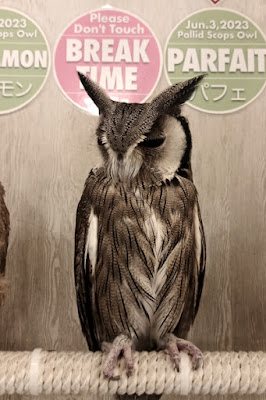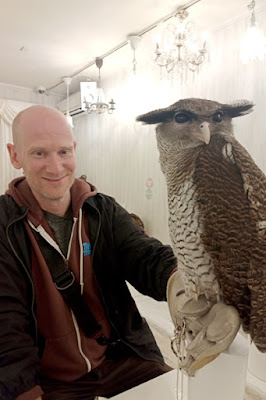Dedicated to Kannon, the bodhisattva of compassion, Senso-ji is Tokyo’s oldest established Buddist temple in Tokyo and the most widely visited religious site in the world. According to legend, two fishermen found a golden statue of Kannon in the Sumida River in 628 with the first temple being established under to Tokugawa shogunate in 645.
Several sets of gates, surrounding market stalls, gardens, and the
pagoda have been added over time, each being repeatedly rebuilt after
destruction by fire and earthquakes. Most recently devastated in 1945 by
Allied firebombing, reconstruction of the main hall began in 1951 and
became a symbol of post-war rebirth and peace to the Japanese.
In the current configuration, visitors enter through the Kaminari-mon
(thunder gate), proceed some 200m along the Nakamise-Dori shopping area,
and through the Hozomon (treasure house) gate to the main hall.
O-mikuji stalls are common where, for a small donation, visitors consult
the oracle by shaking labelled sticks from metal containers and reading
the corresponding printed fortune.
The grandeur, vivid use of colour, powerful statues, and ornate
detailing make Senso-Ji an awe-inspiring place to visit. There are
numerous smaller shrines, statues and memorials to various historic
figures, songs, animals, and religions dotting the area. We visited both
first thing in the morning and before close at night and at any time
the site is bustling and captivating.





















